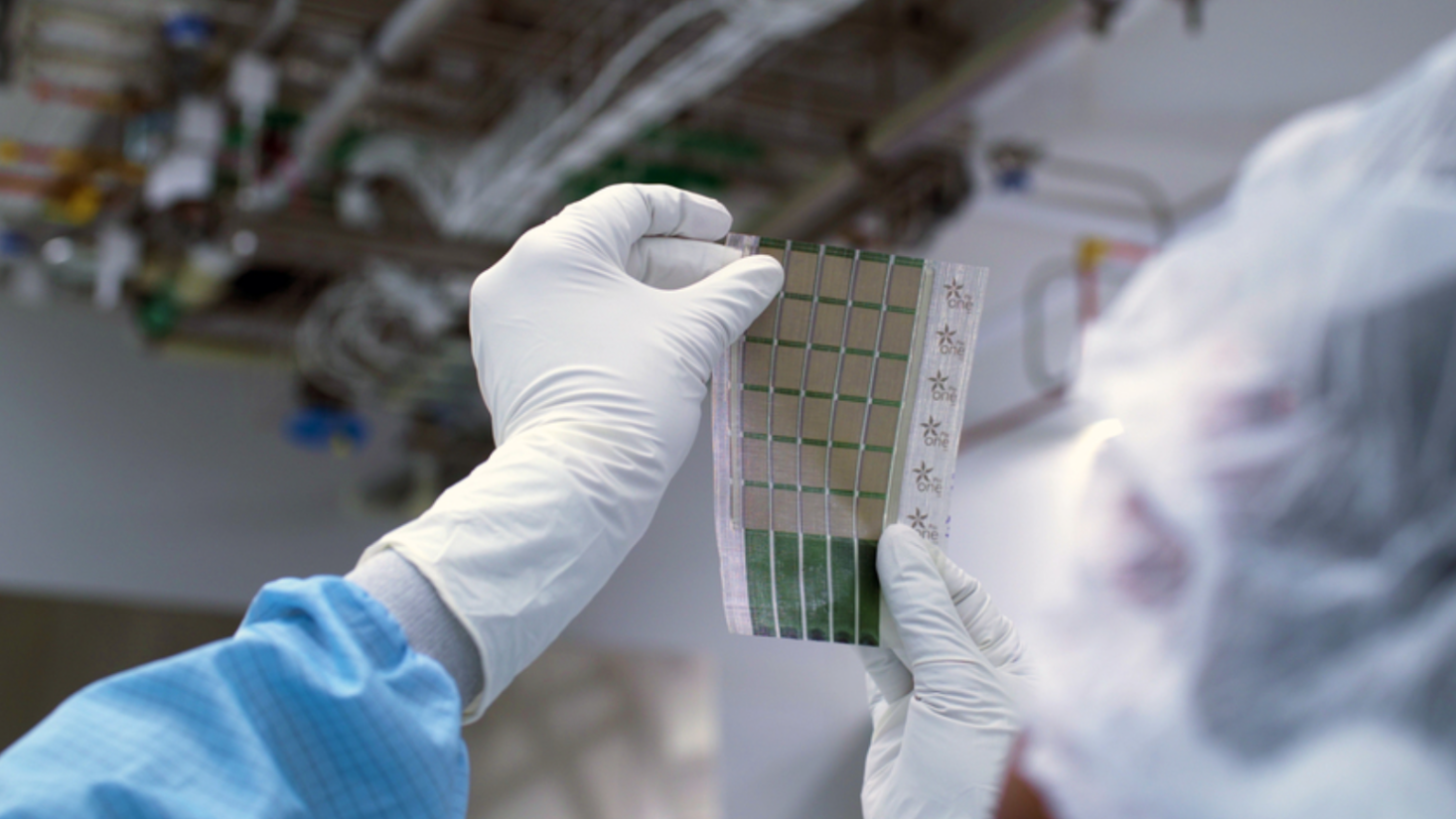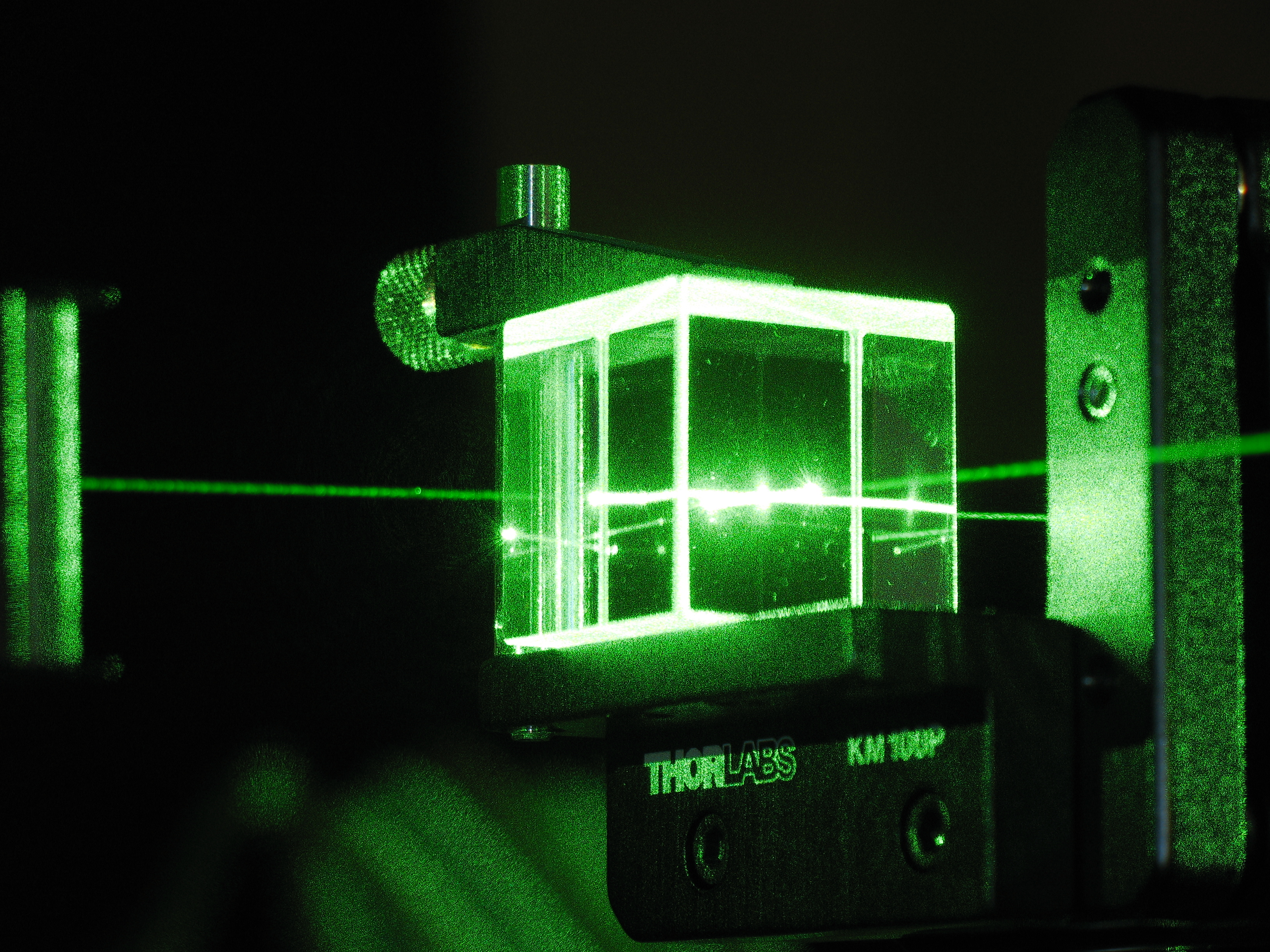Dye-Sensitized Cells Could Make Solar Power More Affordable

What’s the Latest Development?
A new method of crystallizing perovskite, a common mineral, onto a porous titanium dioxide nanofilm has resulted in the creation of dye-sensitized solar cells (DSSCs) that have power conversion efficiency rates of 15 percent, putting them on par with traditional silicon cells. In addition, “[t]hey are made at low temperature, work in low light, are transparent, and can be printed onto flexible surfaces.” Michael Graetzel, director of the photonics lab at the École Polytechnique Fédérale de Lausanne and a pioneer in DSSC technology, published a paper on the work in a recent issue of Nature.
What’s the Big Idea?
Scientists have spent many years searching for equally powerful yet more affordable alternatives to silicon-based photovoltaics. The DSSC efficiency rate of 15 percent “is an important landmark and…provides the most efficient solution-processed solar cells by a long way,” says Oxford University researcher James Ball. Also, perovskite exists in abundance, and is already found in a wide range of devices ranging from sensors to batteries to microchips. The announcement comes while the far-reaching uses of perovskite are being highlighted both from last year’s International Year of Chemistry and for next year’s International Year of Crystallography.
Photo Credit: Shutterstock.com





